ANIMALS
The World's Ugliest Animals
I resisted creating this one for a while because I was thinking it was a bit shallow and that all of God's creatures are beautiful, aren't they? Not really. Anyway, animals
don't mind being called ugly, what matters to them is food, sleep and
mating, in that order. And when it comes to mating strength and skills
usually count for more than beauty.
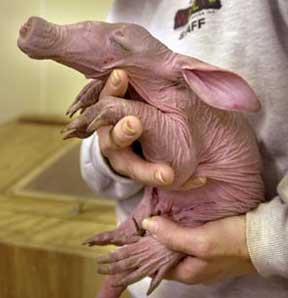
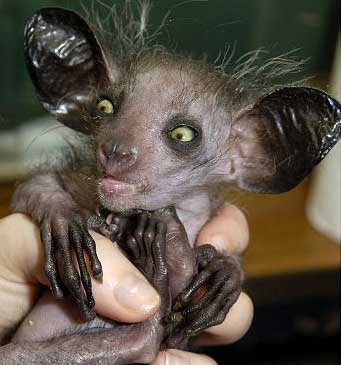
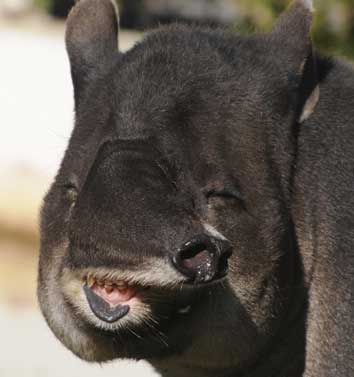

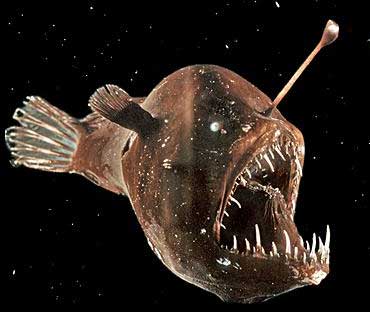
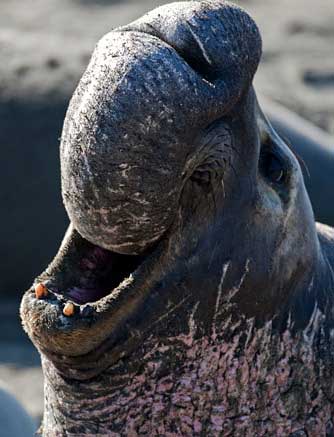
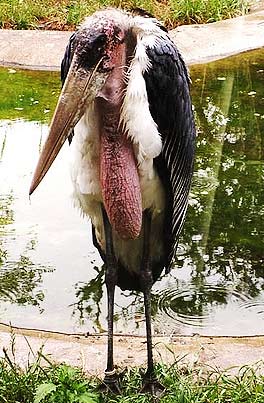
Ugliest Bird - Marabou Stork
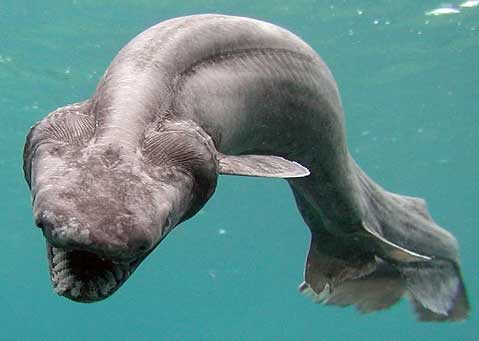
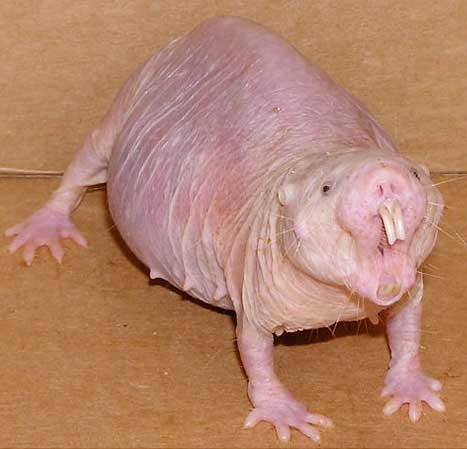

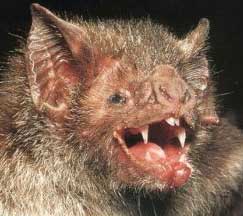
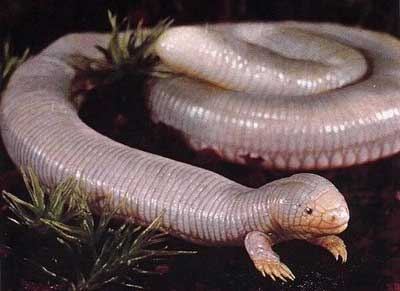
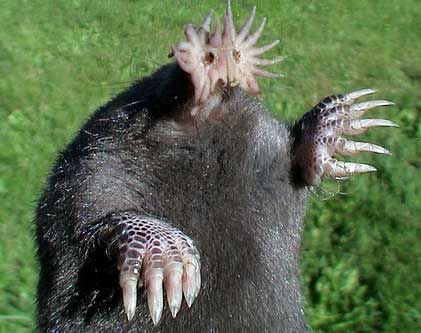
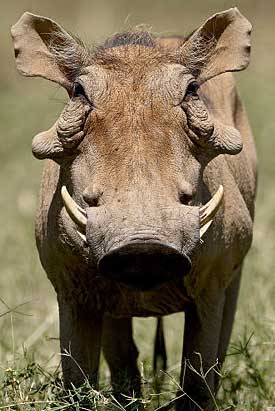
And now for a few that are not necessarily from ugly species but are only some of the ugliest representatives from within their species.
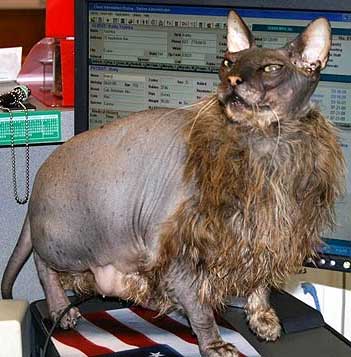
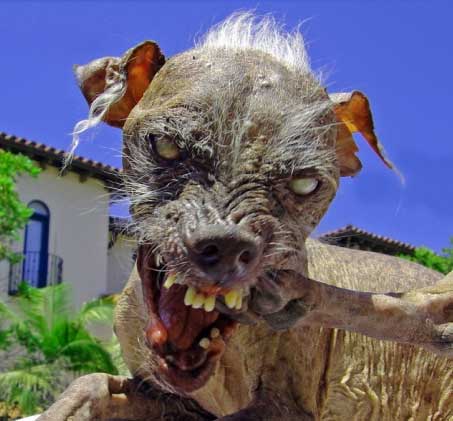
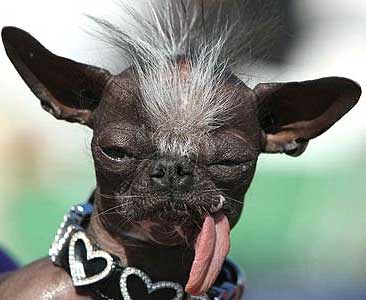
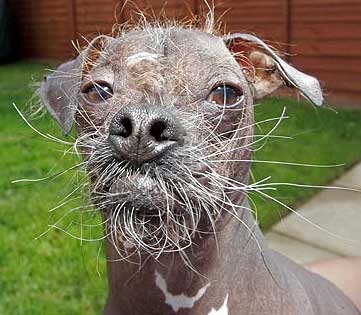

A newborn hairless aardvark is not so handsome

Newborn aye-ayes are not handsome either so much for the all babies are cute theory

Baird tapir

One blobfish I am not interested in eating

Anglerfish

Elephant seal

The marabou stork with its nearly hairless head, wrinkly skin, ugly throat sack and spindly legs wins the ugliest bird award
Ugliest Bird - Marabou Stork

Frill shark

Naked mole rat
Rodents are not favored for their good looks but this is an extreme case.
Solenodon

Not pretty and the high-pitch screeching doesn't help either

Mexican mole lizard

Star-nosed mole - anything headless with claws is not going to make friends easily

Warthog
And now for a few that are not necessarily from ugly species but are only some of the ugliest representatives from within their species.

Ugly cat not overly concerned

This dog has some problems

Some style issues

Hairless but yet big whiskers
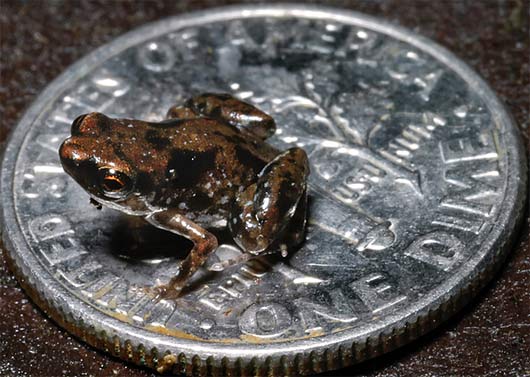
The tiniest frog and the tiniest vertebrate that currently exist on the planet Earth was discovered recently in a rainforest on the island of Papua New Guinea. Before the discovery of this frog, a tiny transparent fish from Indonesia was the world record holder for tiniest vertebrate at eight milimeters long. The frog however, is slightly smaller than that, measuring only 7.7 millimeters (average species size for adults). The tiny size of the the frog, its habits and its habitat all contribute to why it wasn't found before.
The frog, which currently has no common name except for "the tiniest frog from Papua New Guinea", has the scientific name of Paedophryne amauensis. It sounds like an insect with the high-pitched mating call it makes. It is dark brown with black patches and blue-white dots. It can jump 30 times the length of its body.
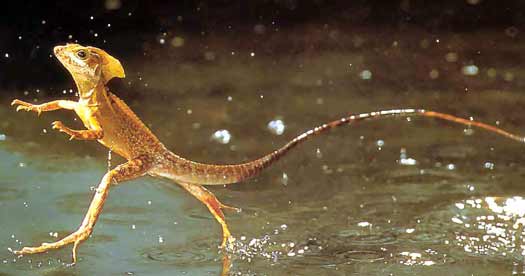
The Jesus Lizard is called that because it can indeed walk on water just like Jesus. Its real name is Basilisk and it hails from sunny Central America and is related to the Iguana.
The Jesus Lizard likes to live near water, that way, when it is frightened by an approaching predator it can get to the water and run across the surface. Their predators are: large birds, snakes, fish, other larger reptiles, and a few mammals.
The lizards can run on water because they have a fringe of scales on their hind toes which makes little webs that can trap bubbles of air and water beneath their feet. This keeps them from sinking into the water if they run quickly enough across. When they do stop running they don’t mind taking a little swim. The smaller lizards can run further than the bigger and heavier ones. Basilisks usually weigh between 200-600 grams (0.44 - 1.3 lbs) and may grow to be about 2 feet (61 cm) long although they average about 1 foot (30.5 cm) in length.
There are four species of Basilisk:
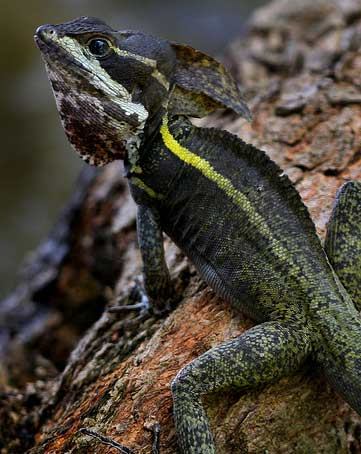

What a monkey the mandrill is! Not only is it the world's largest species of monkey, with males occasionally weighing as much as 110 lbs (50 kg) and standing up to 3 ft (90 cm) tall; it's also the most colorful monkey there is. In fact, Charles Darwin once said of this large baboon, “no other member in the whole class of mammals is colored in so extraordinary a manner as the adult male mandrills”. With it's olive green or dark gray coat with yellow and black bands, a white belly, a hairless face, red nostrils and lips, a yellow beard with white tufts, an elongated muzzle with it's own distinctive characteristics (a red stripe down the middle and protruding blue ridges on the sides) and a lower body that can be red, pink, blue, scarlet, and purple, the mandrill is a sight to see! The female is not so massive and scary, she looks small in comparison to the male and is not so brightly colored.
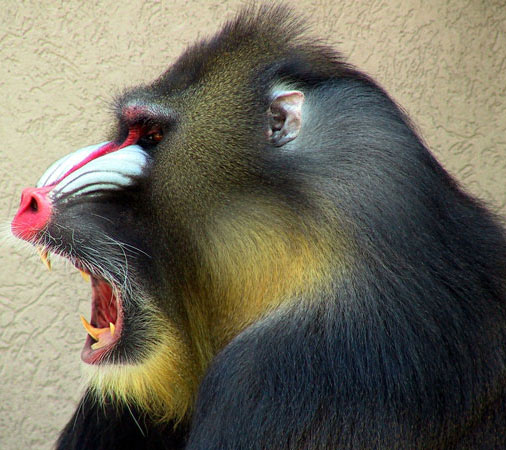
The mandrill can be found in the forests of Southern Cameroon, Gabon, Guinea and The Congo in huge groups known as “hordes”. Hordes are stable groupings that average around 620 individuals, but can often be even larger. In fact, a horde of over 1300 that was observed at Lope National Park Gabon is the largest grouping of non-human primates ever recorded! These hordes are known to never sleep in the same trees two nights in a row and spend their days migrating and eating. They survive off of fruit, leaves, stems, bark, fibers, mushrooms, soil, ants, beetles, termites, crickets, spiders, snails, scorpions, eggs, birds, tortoises, frogs, porcupines, rats, shrews and occasionally small antelope.
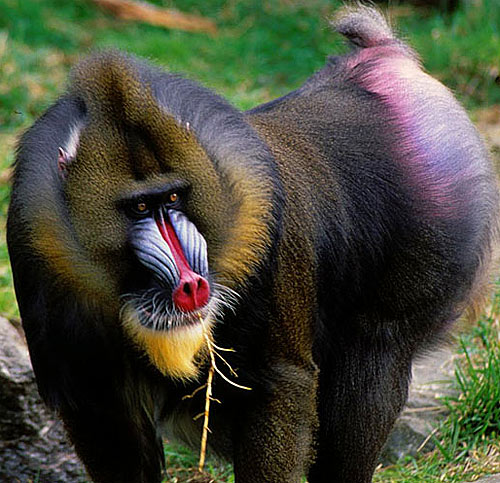
The male will leave it's natal group at around six years of age, and will spend the rest of it's long life (in captivity they have been seen living up to 31 years) on the peripheral of the horde, only entering the main group to mate. Mandrills use grunts and teeth baring to communicate over both short, and long distances. They are considered a “vulnerable” species, and are in danger of becoming extinct if their natural habitat continues to be destroyed.
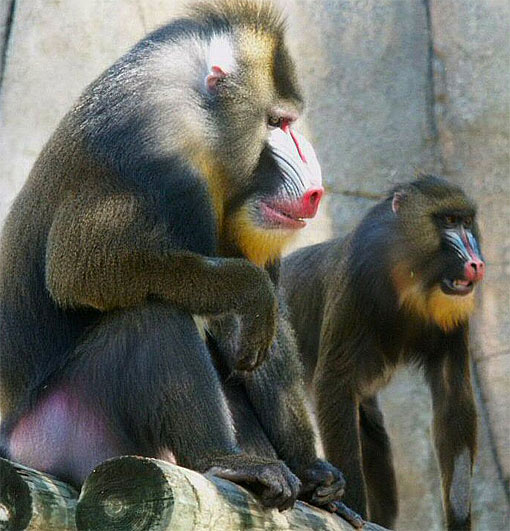
World's Smallest Vertebrate Discovered

The tiniest frog and the tiniest vertebrate that currently exist on the planet Earth was discovered recently in a rainforest on the island of Papua New Guinea. Before the discovery of this frog, a tiny transparent fish from Indonesia was the world record holder for tiniest vertebrate at eight milimeters long. The frog however, is slightly smaller than that, measuring only 7.7 millimeters (average species size for adults). The tiny size of the the frog, its habits and its habitat all contribute to why it wasn't found before.
The frog, which currently has no common name except for "the tiniest frog from Papua New Guinea", has the scientific name of Paedophryne amauensis. It sounds like an insect with the high-pitched mating call it makes. It is dark brown with black patches and blue-white dots. It can jump 30 times the length of its body.
The Jesus Lizard running on water

The Jesus Lizard running on water
The Jesus Lizard is called that because it can indeed walk on water just like Jesus. Its real name is Basilisk and it hails from sunny Central America and is related to the Iguana.
The Jesus Lizard likes to live near water, that way, when it is frightened by an approaching predator it can get to the water and run across the surface. Their predators are: large birds, snakes, fish, other larger reptiles, and a few mammals.
The lizards can run on water because they have a fringe of scales on their hind toes which makes little webs that can trap bubbles of air and water beneath their feet. This keeps them from sinking into the water if they run quickly enough across. When they do stop running they don’t mind taking a little swim. The smaller lizards can run further than the bigger and heavier ones. Basilisks usually weigh between 200-600 grams (0.44 - 1.3 lbs) and may grow to be about 2 feet (61 cm) long although they average about 1 foot (30.5 cm) in length.
There are four species of Basilisk:
- Basiliscus basiliscus - The Common basilisk
- Basiliscus galeritus - Red-headed or Western basilisk
- Basiliscus plumifrons - Plumed basilisk
- Basiliscus vittatus - Striped or Brown Basilisk (this is the runner - "The Jesus Lizard")

Striped or Brown Basilisk - Belize - Source: Tad Arensmeier
Mandrill - The Largest and Most Colorful of All Monkeys

What a monkey the mandrill is! Not only is it the world's largest species of monkey, with males occasionally weighing as much as 110 lbs (50 kg) and standing up to 3 ft (90 cm) tall; it's also the most colorful monkey there is. In fact, Charles Darwin once said of this large baboon, “no other member in the whole class of mammals is colored in so extraordinary a manner as the adult male mandrills”. With it's olive green or dark gray coat with yellow and black bands, a white belly, a hairless face, red nostrils and lips, a yellow beard with white tufts, an elongated muzzle with it's own distinctive characteristics (a red stripe down the middle and protruding blue ridges on the sides) and a lower body that can be red, pink, blue, scarlet, and purple, the mandrill is a sight to see! The female is not so massive and scary, she looks small in comparison to the male and is not so brightly colored.

The mandrill can be found in the forests of Southern Cameroon, Gabon, Guinea and The Congo in huge groups known as “hordes”. Hordes are stable groupings that average around 620 individuals, but can often be even larger. In fact, a horde of over 1300 that was observed at Lope National Park Gabon is the largest grouping of non-human primates ever recorded! These hordes are known to never sleep in the same trees two nights in a row and spend their days migrating and eating. They survive off of fruit, leaves, stems, bark, fibers, mushrooms, soil, ants, beetles, termites, crickets, spiders, snails, scorpions, eggs, birds, tortoises, frogs, porcupines, rats, shrews and occasionally small antelope.

The male will leave it's natal group at around six years of age, and will spend the rest of it's long life (in captivity they have been seen living up to 31 years) on the peripheral of the horde, only entering the main group to mate. Mandrills use grunts and teeth baring to communicate over both short, and long distances. They are considered a “vulnerable” species, and are in danger of becoming extinct if their natural habitat continues to be destroyed.

Types of Monkeys
Types of monkeys are classified into two major groups, the New World primates (South and Central America) and the Old World primates (Asia and Africa). The major difference, besides living on different continents, is that the New World primates have tails that can grasp and hold things while the Old World primates can't do much with their tails and sometimes have no tail at all. New World primates do not have versatile opposable thumbs like many other primates and most Old World primates do.
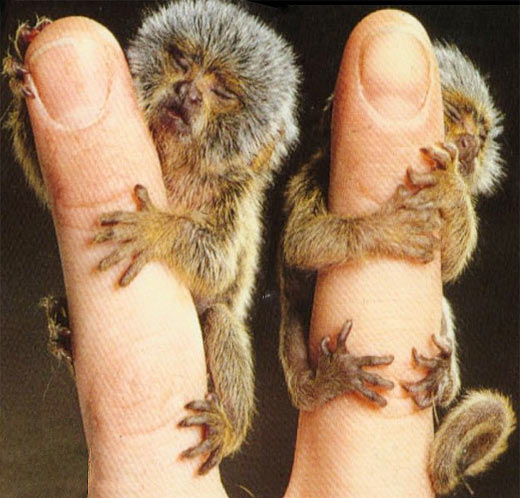
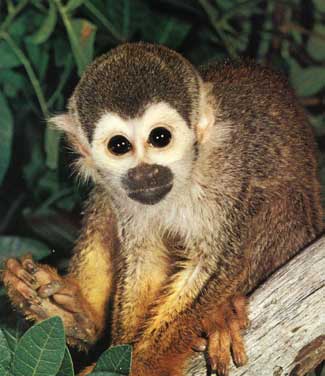
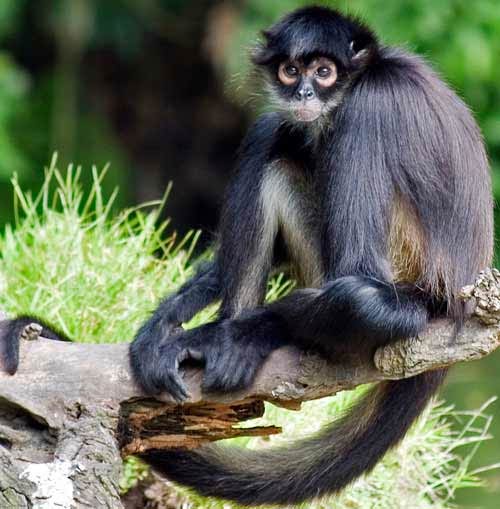
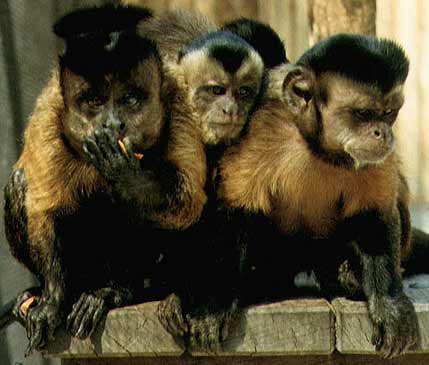
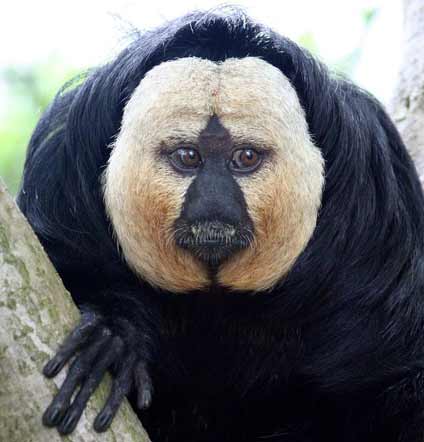
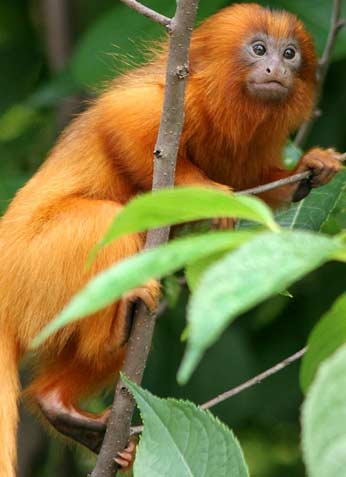
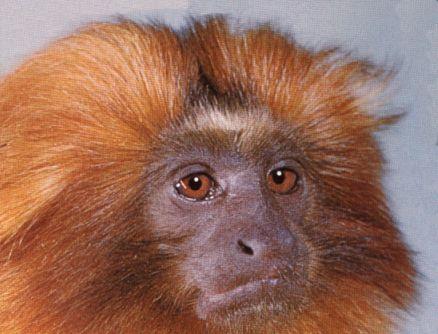
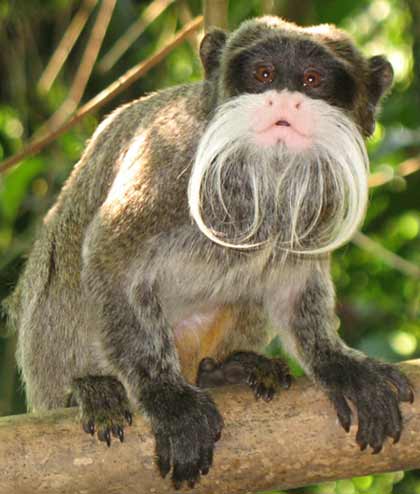
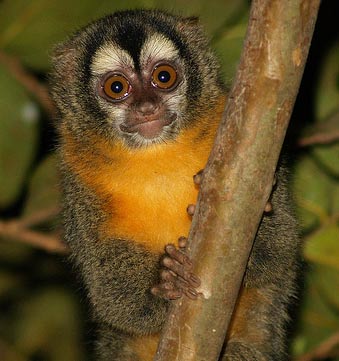
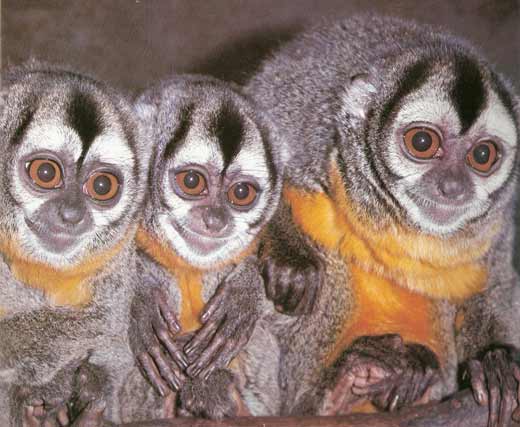
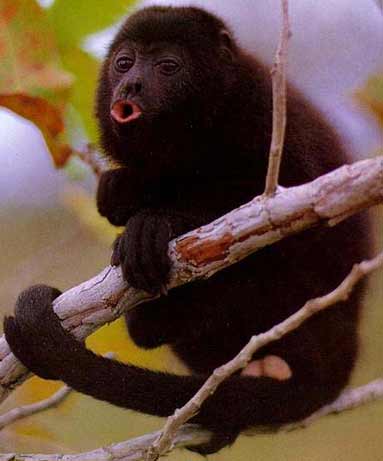
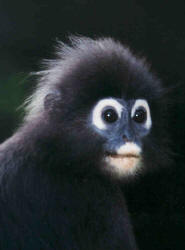
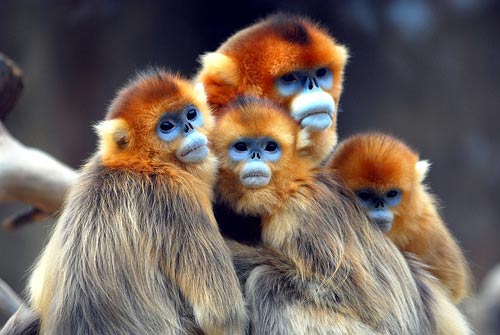
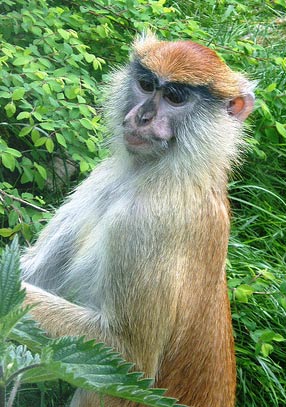
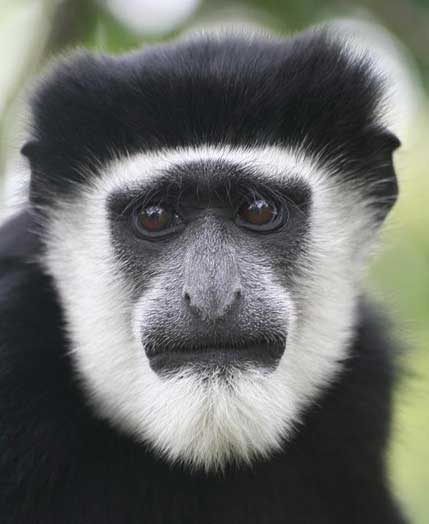
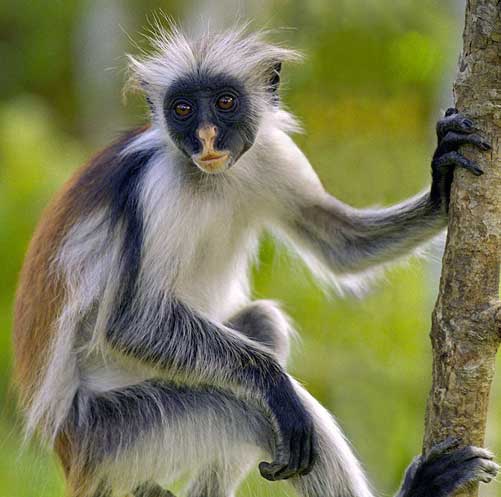
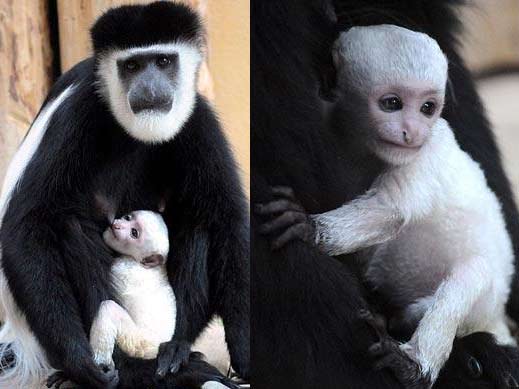
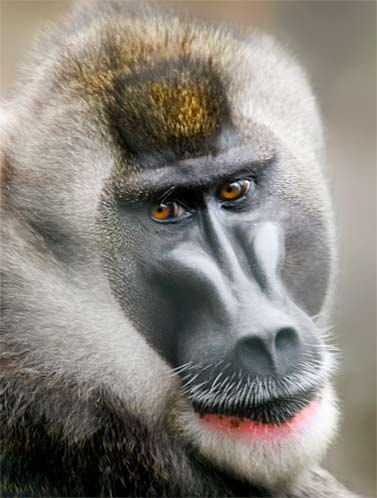
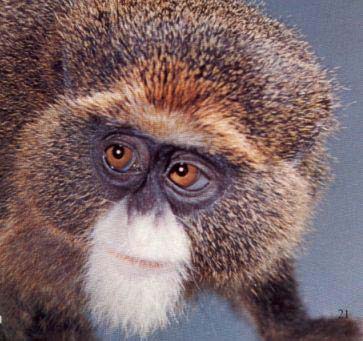
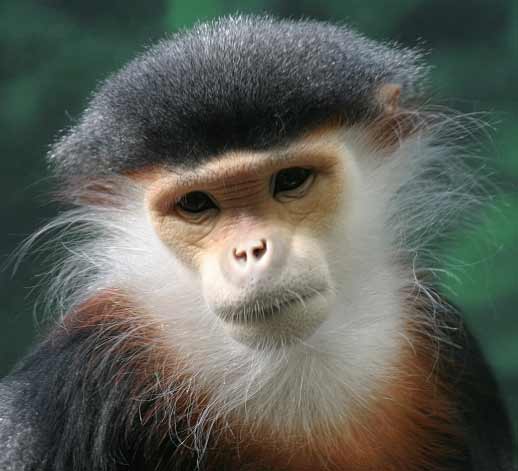
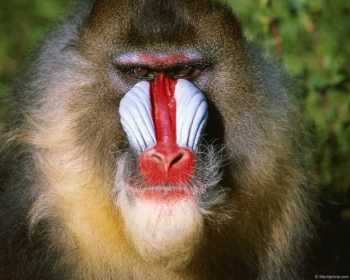
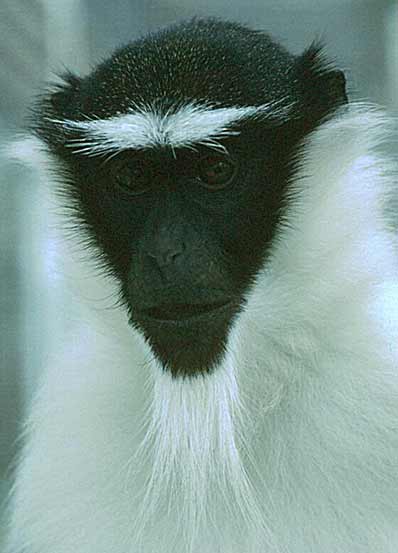
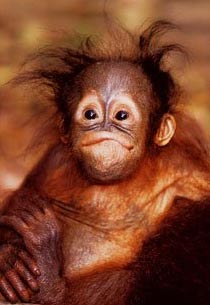

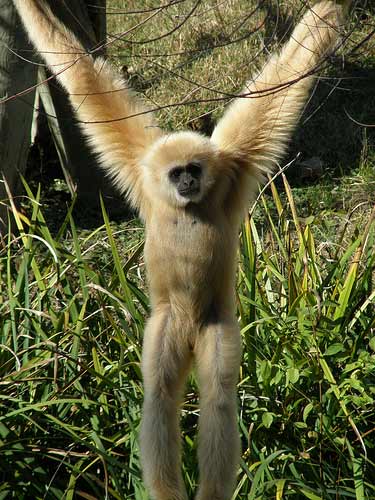
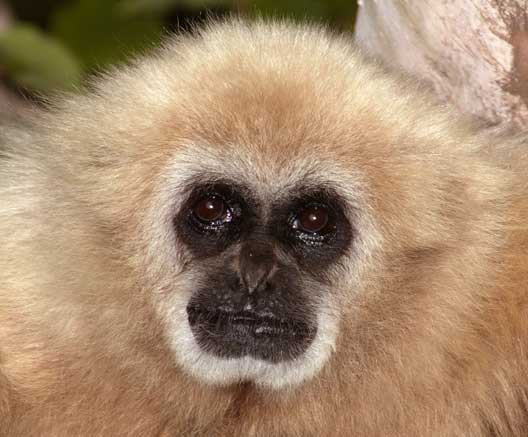
All together, the primate group (order) has a much wider scope of mammals from the tiny shrew to the enormous gorilla. Some of these species are certainly among the most intelligent animals and then there are some that are not as intelligent.
Man has always been fascinated with monkeys. They were perhaps the first animals painted on cave walls and depicted in rock art. In Egypt, India, China, Southeast Asia, Greece, and the Americas, ancient civilizations depicted the monkeys and interpreted them in many symbolic ways. Why? Because they can be very fascinating creatures to watch - lively, charismatic, and curious and perhaps because we see the resemblance to ourselves.
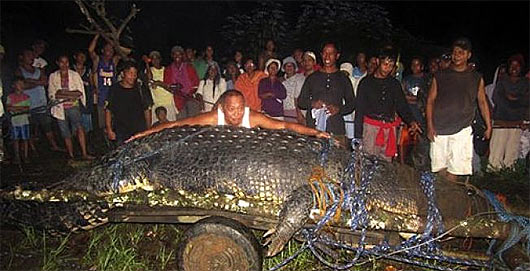
A saltwater crocodile longer than 21 ft (6.4 m) and weighing an estimated 2,370 lbs (1,075 kg) was caught in the southern part of the Philippines. The crocodile is one of the largest to be captured in recent years. As large as that monster looks, believe it or not a few crocs have been measured that are larger than this.
The authorities of the village went after the crocodile because the villagers witnessed the behemoth kill a water buffalo and it is also considered a suspect in the disappearance of a local fisherman.
Initially they setup four of their usual traps but the fat and wily reptile was able to break through these traps. Only when they made a stronger trap reinforced with steel cables did they succeed.
Lucky for the croc, the villagers plan to make an eco-tourism park and make him the star of the show. Will he get even fatter still?
Meanwhile, the villagers are still concerned that there are many crocodiles in the nearby waters and swamps. Is it possible there are even larger ones lurking?
Here is another big one, this time from Australia. It is probably a little too close for comfort for some of those tourists.
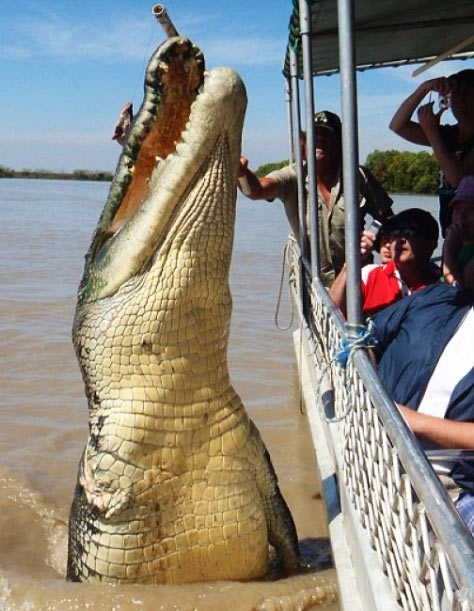
New World Monkeys

Baby Pygmy Marmosets

Squirrel Monkey

Spider MOnkey
With its very long arms the spider monkey may be the most acrobatic of all the monkeys, looping and swinging very long distances.

Tufted Capuchins

White-faced Saki Monkey

Golden Lion Tamarin

Golden Lion Tamarin Close-up

Emperor Tamarin

Owl or Night Monkey

Owl or Night Monkey Family
The owl monkeys are rain forest monkeys that have a bit of an owlish
face that always seems to be smiling. They have many different
vocalizations, up to 50 or more, including a piercing alarm shriek. They
are night eaters, usually in pairs, they go browsing and foraging,
eating fruit, leaves, and insects in the dark forest. In the daytime
they sleep together in small family groups within hallowed-out trees.

Howler Monkey
Who is the loudest monkey
in all the jungle? That's right, the Howler isn't called that for
nothing. Their howl can be heard from 3-4 miles (4-6.5 km) away and
perhaps even 10. They are also the largest types of monkeys found in the
Americas standing up to 2 feet (0.6 m) tall.
Old World

Spectacled Langur
These Langurs
are leaf eaters and are also known as the Dusky Leaf Monkey. They are
not aggresive although they are territorial and stay in troops with a
male leader and many females. They prefer trees and daylight and have
good hearing and vision.

Golden Snub-Nosed Monkeys
These are some colorful Asian animals. They live very high in the trees
in secluded densely forested areas, sometimes in very large groups. The
fur on their backs can grow to be fairly long. A few specimens of a new
species were recently found in a remote part of Myanmar. They are very photogenic be sure to check out their page here: snub-nosed monkeys

Patas Monkey
The patas monkey is slender with long arms and legs, better suited to
walking and running than to moving in the trees. They are very fast on
the ground moving up to 55 kph or 34 mph. They do prefer to sleep in
trees and will each sleep in their own separate tree. They live in
Central Africa and the males have blue scrotums.

Colobus Monkey
The Colobus is born white and turns black (with white coloring) while still very young. They have no thumbs and prefer treetops and tender leaves in Eastern Africa.
Red Colobus Monkey
The Red Colobus also eats mostly leaves. They can eat from more than
60 different kinds of plants. Sometimes they can share trees with other
monkeys since their diet does not overlap with that of the other
monkeys.
Mother and Baby Colobus Guerezas

Drill
The Drill is an endangered primate.
In the equatorial region of Africa the drill is known as "bushmeat" and
eaten. Their habitat has also been largely destroyed. Drills move on
the ground and in the lower levels of trees and eat mostly fruit.
DeBrazzas Monkey
DeBrazza's monkeys employ a variety of gestures to communicate
with each other. These include staring, staring with mouth open,
head-bobbing, the fearful grimace, yawning and head-shaking. These
gestures have to do with displays of aggression or appeasement.

Douc Langur Monkey

Mandrill

Roloway Monkey
Apes (not really monkeys)

Baby Orangutan
See more about Orangutans

Chimpanzee

Gibbon
The Gibbon (13 species) - fast, agile, vocal and social, they are closer to monkeys than the great apes.

Gibbon Close-up
All together, the primate group (order) has a much wider scope of mammals from the tiny shrew to the enormous gorilla. Some of these species are certainly among the most intelligent animals and then there are some that are not as intelligent.
Man has always been fascinated with monkeys. They were perhaps the first animals painted on cave walls and depicted in rock art. In Egypt, India, China, Southeast Asia, Greece, and the Americas, ancient civilizations depicted the monkeys and interpreted them in many symbolic ways. Why? Because they can be very fascinating creatures to watch - lively, charismatic, and curious and perhaps because we see the resemblance to ourselves.
Enormous Crocodile Captured

A saltwater crocodile longer than 21 ft (6.4 m) and weighing an estimated 2,370 lbs (1,075 kg) was caught in the southern part of the Philippines. The crocodile is one of the largest to be captured in recent years. As large as that monster looks, believe it or not a few crocs have been measured that are larger than this.
The authorities of the village went after the crocodile because the villagers witnessed the behemoth kill a water buffalo and it is also considered a suspect in the disappearance of a local fisherman.
Initially they setup four of their usual traps but the fat and wily reptile was able to break through these traps. Only when they made a stronger trap reinforced with steel cables did they succeed.
Lucky for the croc, the villagers plan to make an eco-tourism park and make him the star of the show. Will he get even fatter still?
Meanwhile, the villagers are still concerned that there are many crocodiles in the nearby waters and swamps. Is it possible there are even larger ones lurking?
Here is another big one, this time from Australia. It is probably a little too close for comfort for some of those tourists.
